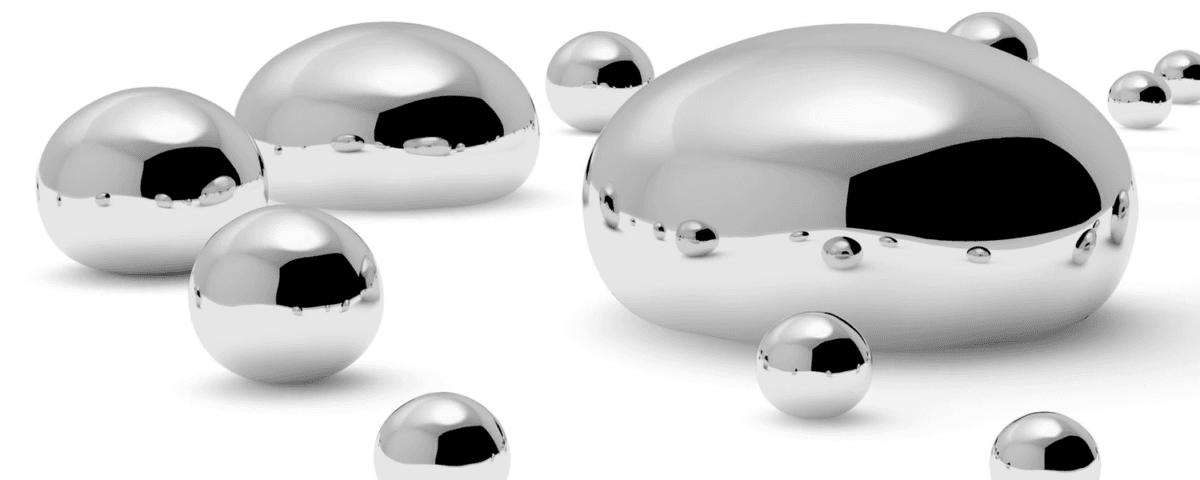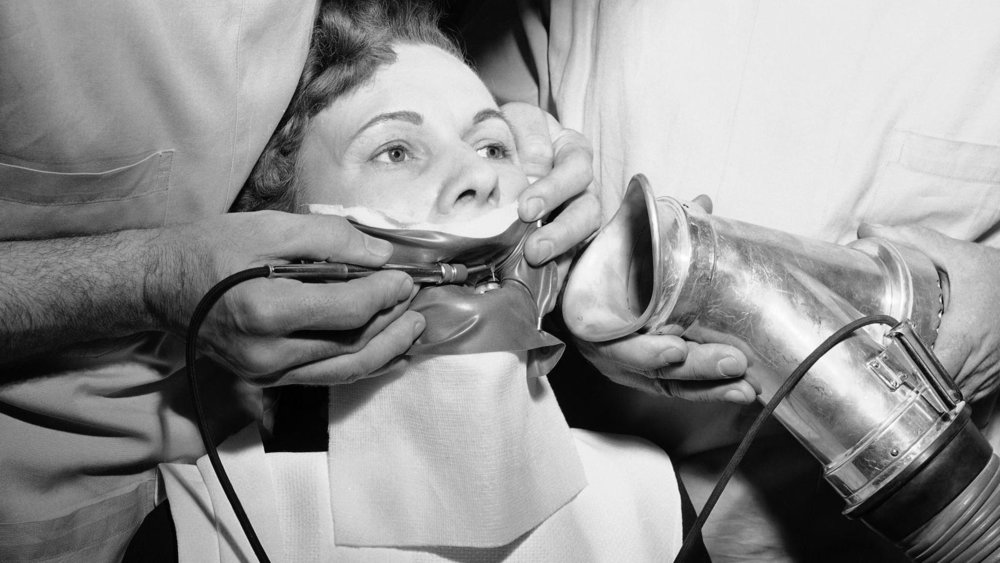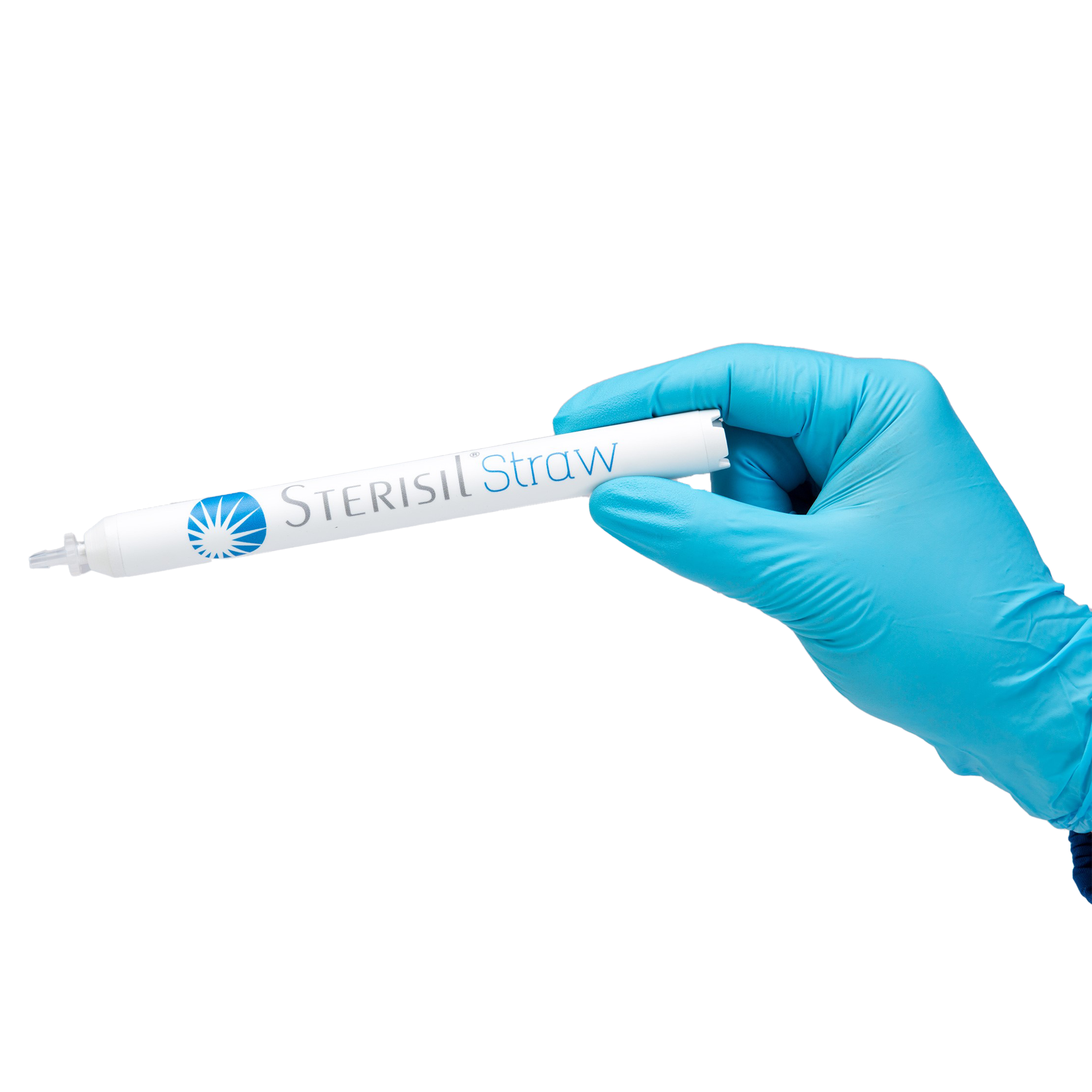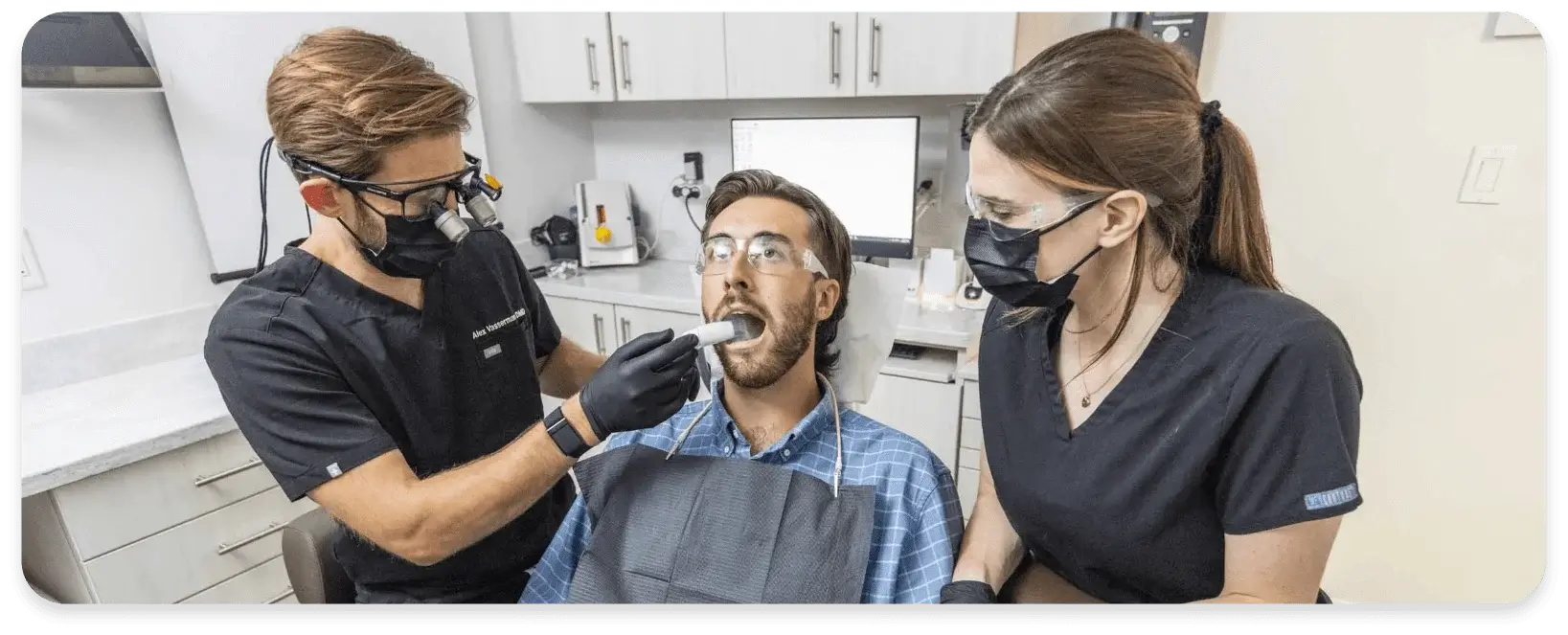Your cart is currently empty!

Dental Amalgam – EPA Rule by Confusion

Dental Amalgam: A Brief History
Dentists are the number one nonindustrial disposer of mercury waste in the country. Yes, mercury waste. You remember that nasty little compound from your middle school science class right? It might as well have been in a vacuum tube behind bullet proof glass from the way my science teacher handled it. While the average person walking the street might not consider mercury in their daily routine, folks in the dental profession should.
While the average person walking the street might not consider mercury in their daily routine, folks in the dental profession should.

Mercury has been used for more than 150 years in dental amalgam in conjunction with other metals such as tin, silver, and copper(1).
Since it exists as a liquid at room temperature, it acts as a binding agent with the powdered alloy, holding the amalgam together and filling in the space left by the cavity.
According to the ADA, over 100 million Americans have at least 1 filling with mercury amalgam(2). This represents quite a lot of potential toxic waste floating around in society. Some of these fillings will inevitably be released in a clinical setting and most likely suctioned out of the mouth and into the wastewater system in the dental practice.
EPA Final Ruling: 40 CFR Part 441
Fast forward to June 14, 2017, EPA releases their final ruling in June of 2017. Published and codified at 40 CFR Part 441, the ruling effectively makes these preventative measures law. If the ruling applies to you, install an amalgam separator, follow the BMPs, and submit your one-time compliance report to your control authority. But elements of the BMP would become a hotly contested topic in the regulatory community.
But elements of the BMP would become a hotly contested topic in the regulatory community.
The BMP reads as follows; “Dental unit water lines, chair-side traps, and vacuum lines that discharge amalgam process wastewater to a POTW must not be cleaned with oxidizing or acidic cleaners, including but not limited to bleach, chlorine, iodine and peroxide that have a pH lower than 6 or greater than 8.”(3) Straight forward right?
The Devil in the Details
Not long after the final ruling had posted to the federal register, EPA published a correction and FAQ section to their website, directly addressing the BMP verbiage which references the use of oxidizing line cleaners.
Highlights from the EPA document:
Does the final rule prohibit the use of oxidizing or acidic cleaners in dental unit water lines, chair-side traps, and vacuum lines?
Yes. The clause that follows (“including but not limited to…”) is not an exhaustive list of oxidizing or acidic cleaners or qualities that make a cleaner oxidizing or acidic. For example, a cleaner that is oxidizing would be prohibited even if its pH is between 6 and 8.
Does the prohibition on the use of oxidizing or acidic cleaners in dental unit water lines apply to cleaners used in the water supply lines that connect to items such as handpieces, ultrasonic scalers or air/water syringes?
No. The purpose of the best management practice (BMP) specified in § 441.30(b)(2) is to prohibit the use of cleaners that solubilize mercury from dental amalgam in the wastewater lines in a dental facility. In developing the rule, EPA did not evaluate the use of cleaning products that may be used in dental equipment that is connected to water supply lines such as handpieces, ultrasonic scalers, or air/water syringes. While de minimus amounts of such products may eventually be indirectly discharged through a wastewater line in a dental facility, the prohibition in § 441.30(b)(2) was not intended to prohibit dental unit water line cleaning products when those products are used in water supply lines to ensure the safety of the water that dentists place in their patient’s mouth.
- Read the full document: Frequently Asked Questions on the Dental Office Category Rule, PDF Download (166kb)
Confused Yet?
Clear as mud right? So why is this such a problem? It has been well established that oxidizing line cleaners contribute to the dissolution of mercury in the effluent waste water(4). When amalgam waste trapped in the separator comes in contact with an oxidizing line cleaner, the mercury is dissolved and released in to the effluent waste water.
EPA felt the information compelling enough to address it with an actionable provision in the ruling but their attempt at clarification seems to have only made things more confusing. Do they not know what happens to handpiece water after it’s dispensed? Do they not know that dental water by definition implies water with a continuously present, residual chemical treatment, that is sprayed into the mouth, and then suctioned back out?
Do as we do, not as we say.
As stated in the federal ledger, “The purpose of this final rule is to set a uniform national standard that will greatly reduce the discharge of mercury-containing dental amalgam to municipal sewage treatment plants, known as POTWs, in the United States.” So why would they publish such a confusing clarification and further muddy the water for dentists? We have some ideas but that’s another discussion.
EPA felt the information compelling enough to address it with an actionable provision in the ruling but their attempt at clarification seems to have only made things more confusing. Do they not know what happens to handpiece water after it’s dispensed? Do they not know that dental water by definition implies water with a continuously present, residual chemical treatment, that is sprayed into the mouth, and then suctioned back out?
It’s Your Call
So there you have it. In the words of the great British philosopher and statesman, “Refined policy ever has been the parent of confusion, and ever will be so as long as the world endures.” In the interest of full disclosure, we are a waterline treatment manufacturer whose products fully comply with all waterline BMPs and amalgam separators.
EPA felt the information compelling enough to address it with an actionable provision in the ruling but their attempt at clarification seems to have only made things more confusing. Do they not know what happens to handpiece water after it’s dispensed? Do they not know that dental water by definition implies water with a continuously present, residual chemical treatment, that is sprayed into the mouth, and then suctioned back out?
Further reading:
- https://www.fda.gov/medicaldevices/productsandmedicalprocedures/dentalproducts/dentalamalgam/ucm171094.htm
- https://www.ada.org/en/about-the-ada/ada-positions-policies-and-statements/statement-on-dental-amalgam
- https://www.epa.gov/eg/dental-effluent-guidelines
- https://www.ncbi.nlm.nih.gov/pubmed/17012722
Share this post:

Related Posts





